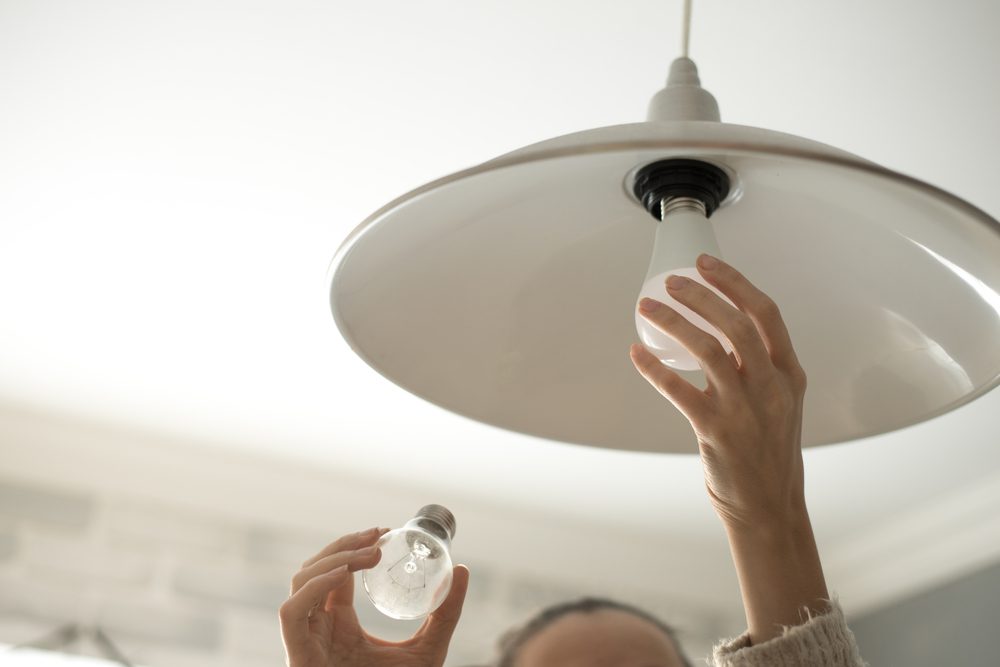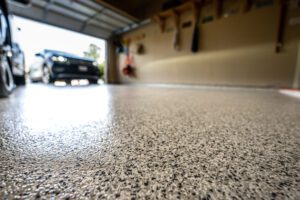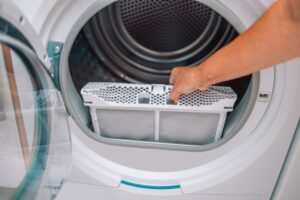A first-time home purchase can feel like the culmination of a very long and challenging process. And while this is a significant accomplishment, it doesn’t necessarily follow that the rest of the time will be spent relaxing.
The fact is, owning a home can occasionally seem like a constant marathon of projects, including changing out lights, painting walls, finding leakage, and everything in between. After all, you don’t have a landlord to take care of these things for you anymore. Now you have to do everything by yourself. All of it depends on your very own knowledge, or perhaps more precisely, your capacity for learning.
YouTube Is the Best Teacher
It should come as virtually no surprise that many people recommend watching YouTube videos that explain how to perform basic home repairs.
This Old House is a very popular YouTube channel that many people find useful. Some reviews of this channel say that it will provide you with the essentials for practically every job or every improvement that you want to do in your home.
Sure, it’s wise to watch several videos before beginning any task and to use safety precautions whether or not a professional is utilizing them in the video.
Also, we suggest you look at the site of the company that created your product in addition to YouTube. There are often a lot of very specific how-to videos to see there.
In case you are not a visual learner, it’s time to get a library card. For a lot of people, books are more useful than videos. Even if you watch YouTube videos, reading a book about your topic of interest might aid in better understanding what you are doing.
Diagrams or still images can occasionally be preferable to video.
If You Can’t Do Something on Your Own, Be Honest About It
While completing home repairs on your own can be quite satisfying, you should know when to stop and call a professional.
Sometimes, when you begin to do something by yourself, you might be very self-confident and think that you can finish the project that you started. Unfortunately, this is not always the case. At the end of the day, you are not a professional, and if you try to do a project that is more technical or just plain difficult, you might need help.
Keep in mind that if you are doing something for the very first time, you have a higher chance of messing it up. This doesn’t have to be a bad thing. Many times, when you are failing, you are actually learning a lot. But you have to be aware that if you are doing any repair or project that is a little bit more expensive and you are not sure about what you are doing, it is better to call a professional.
Researching how the project should be carried out is advised in the meantime. Even if you’re not really doing the work yourself, it’s still useful to be aware of whether the person you hired is, at least according to what you can see, carrying out the task properly.

In the Beginning, Take Small Steps
Start out small and become familiar with all of the things the process implies. This will help you develop your skills and confidence, not to mention reduce the likelihood that you’ll hurt yourself or require assistance from a professional to clean up your mess.
Don’t start by knocking down walls. Instead, change that light switch. Change the faucet. If you’re unsure about the difference between big and small projects, ask a handy friend. “A big job is a bunch of little jobs combined.” Therefore, if you don’t become familiar with the tiny things first (such as outlets and faucets), the bigger ones will seem to be much more complicated than you expect them to be. There is a high chance that you won’t have the right tools and that you will be easily overwhelmed by all the things you have to do.
Replacing a dishwasher is an easy job. Installing a brand new dishwasher where none previously existed. This is indeed a much harder job.
Making a list of the repairs that need to be done to your home is one way to “start small.” Make a list of all the things you need to do first: what you have to work on, what you have to fix, what you want to make better, and so on.
After doing that, you should begin tackling the first thing on your list. Start researching the task and take notes of all the tools you need to buy if you’re unsure about how to proceed.
In case you can’t complete a task on your own, wait until you have the money to hire a professional to remedy anything that is too challenging for you to handle.
Seek Help at Your Local Hardware Store
Visit your neighborhood hardware store if you need some DIY skills and want to learn about your community from the viewpoint of a homeowner. If there is a small hardware store nearby, the employees can be very friendly and can become very enthusiastic when new residents wish to do their own repairs. On occasion, they might offer you some old tools, instruct you on what to do, and even ask you to come back and give them a report on how it went! This actually happened to us when we bought our first house.
One of our readers suggested meeting the handyman in your neighborhood and becoming buddies with him. “He not only has all the necessary equipment and knows how to use it, but he would also be more than happy to share his knowledge with others. In my area, I’ve turned into that man.”
Invest Only in Tools That You Will Use Again
Nobody likes spending money on items that probably end up sitting around gathering dust. At the same is always advised to have some equipment that can help you when you need to keep your house in good shape. A general guideline for purchasing tools is to choose the less expensive option in case you know for sure that you’ll only use it once or twice.
Purchase something of the highest possible quality only if you intend to use it frequently. Renting large products from big box stores is always a smart option if you don’t want to spend your money on expensive equipment. You should also gradually expand your tool collection. You won’t need a lot of them to begin with!
The next tip is a more practical one.

How to Fix a Clogged Kitchen Sink
Check the garbage disposal
Cleaning the garbage disposal should be one of your first priorities if your kitchen sink is clogged. To determine if the clogged drain is cleared, run the disposal for a few minutes while the hot water is running. If it doesn’t work, make absolutely sure the disposal is off and give it a thorough inspection to make sure it’s operating properly.
The plunger
Your kitchen sink has to be plunged if running the disposal through the clearing cycle didn’t clear all the debris. In order to do so, you have to buy a kitchen sink plunger from your local hardware store. Sometimes you can also find them in big chain stores.
If your kitchen has a double sink, a damp towel or a stopper should be used to first block the drainage on one side. Fill the sink side you want to plunge into with enough water to completely surround the plunger’s bell, as you’ll need to make a tight seal around it.
Plunge the drain multiple times while holding the plunger firmly in place. Remove the plunger and run some warm water down the sink drain for a few minutes until you hear the suction release the blockage.
If you are eager to learn more about how to make your home a better place, you should also check out: Homeowner Advice: 10 Amazing Tool Hacks You Need to Know!
















One Response
Great advice for the DIY type and realize that we are all in one way or another DIY types!